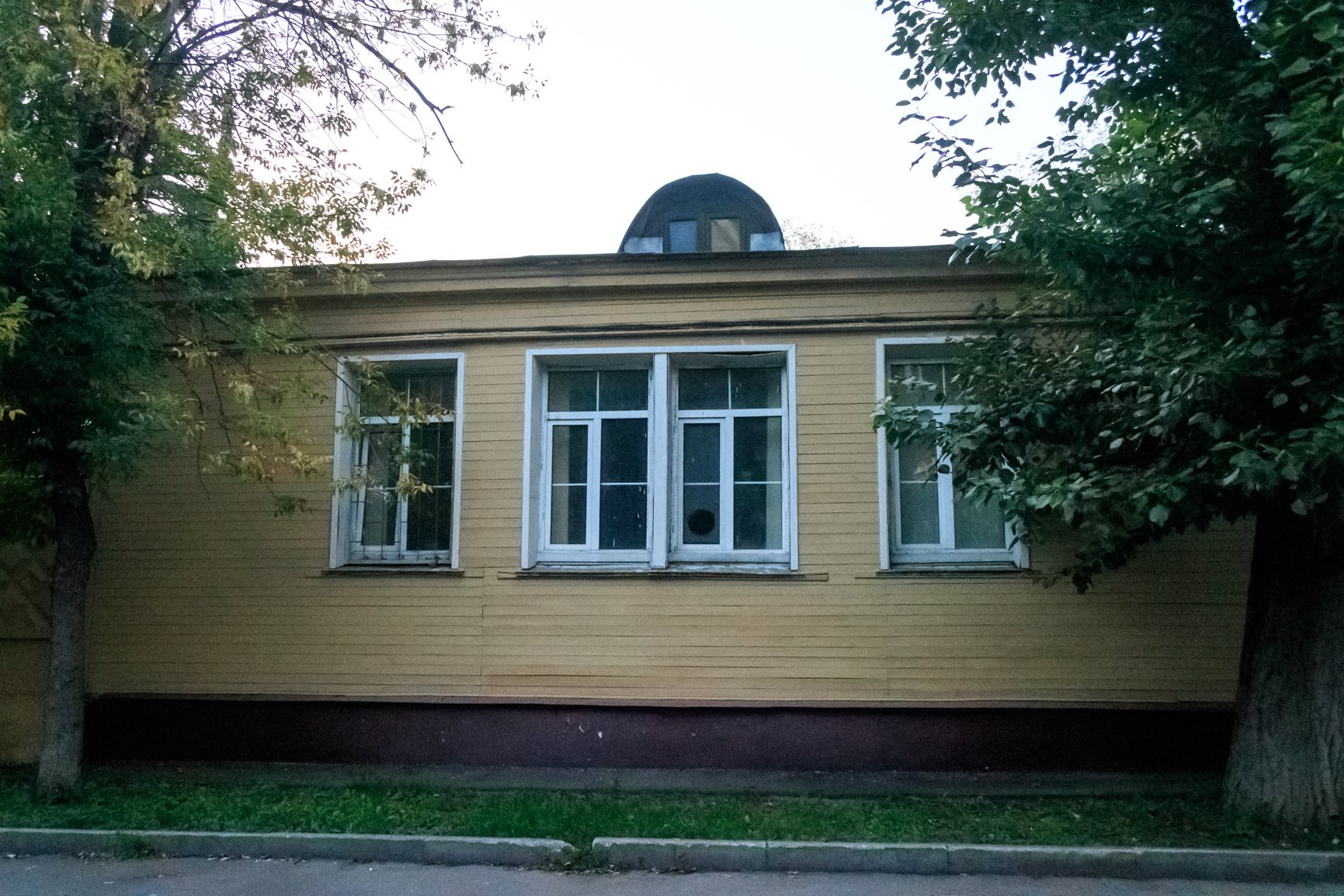Крутицкие казармы – объект культурного наследия федерального значения – занимают территорию бывшего сада («вертограда») Крутицкого архиерейского подворья, в восточной его части. После упразднения одноименной епархии в 1798 году часть зданий ансамбля подворья передали Жандармскому корпусу, затем она перешла к военному ведомству. В перестроенном в XIX столетии для новых нужд (в наши дни реставрация возвращает ему первоначальный облик) корпусе Крутицкого казенного приказа XVII века устроили гарнизонную гаупвахту, которая служила и для помещения политических заключенных. Самые знаменитые сидельцы этого корпуса казарм – Александр Герцен (семь месяцев в 1834–1835 гг., он описал это заточение в «Былом и думах») и Лаврентий Берия (одни сутки в 1953 году).
В 1839 году по проекту известного московского архитектора периода зрелого классицизма Евграфа Дмитриевича Тюрина строится сохранившийся до нашего времени комплекс деревянных зданий Крутицких казарм. Здесь в 1842 году был расквартирован Московский гарнизонный батальон, впоследствии казармы занимали Астраханский гренадерский полк, 6-я Московская школа прапорщиков, после октября 1917 года – Московская революционная пулеметная школа. В 1922 году казармы переименовали в Алешинские. В советские годы здесь располагались части Московского военного округа и – по-прежнему – гарнизонная гаупвахта, которая действовала до 1990-х гг.
Под государственной охраной в настоящее время находятся четыре одноэтажных здания Крутицких казарм XIX века – поставленные в ряд строения №№ 2, 3, 4 и 5 дома № 2 по Арбатецкой улице. Это наиболее интересные с архитектурной точки зрения здания комплекса. Архитектура всех четырех строений по-военному единообразна и строга. Они имеют центрическую композицию и крестообразный план. Центральное помещение соединялось широкими проемами с четырьмя «рукавами креста». В центре каждой из казарм помещалась большая печь, высокая дымовая труба которой венчала здание. Ритмический строй фасадов, обращенных к улице, лишенных какого-либо декоративного убранства, задавали высокие спаренные центральные окна. Сохранились (правда, не все) полукруглые слуховые окна чердачных помещений – большая редкость в современной Москве. На «нашей» казарме (стр. 3) как раз можно полюбоваться таким окном.
Автор статьи




















%20BEL_0521.jpg&w=1920&q=75)






